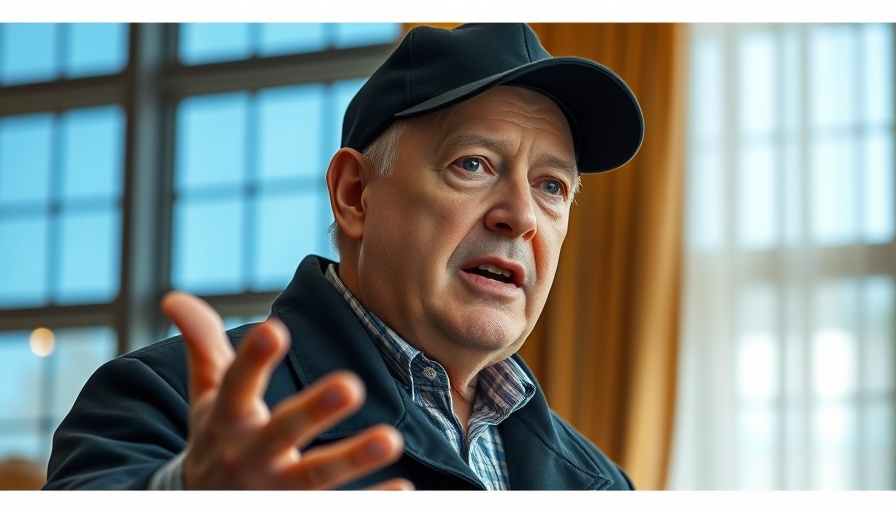
Elon Musk's Push for Driverless Vehicle Regulation: A Game Changer in Transportation Tech
Elon Musk, a notable figure in technology and innovation, continues his influence in legislative affairs, especially regarding the future of autonomous vehicles. Although he has stepped back from his role as an advisor, Musk is not relinquishing his grip on the regulatory landscape. Instead, he’s been lobbying lawmakers to pass the Autonomous Vehicle Acceleration Act, which is aimed at expediting the integration of self-driving technology into the mainstream.
Why Autonomy Matters in Today's Tech Landscape
The push for autonomous vehicles isn't just about convenience; it's a significant evolution in transportation technology that Musk believes can redefine urban mobility. Tesla's substantial investment in AI and robotics underscores a broader commitment to transforming personal and public transportation. With plans for a geofenced robotic taxi service in Austin, Texas, the question arises: What regulations will shape or hinder this transformative journey?
Exploring Legislative Landscapes: The Need for Clear Guidelines
The recent bill, introduced on May 15, emphasizes the urgency for federal standards in autonomous vehicle operation. Yet, as the legislation stirs excitement, it evokes concern over public safety. Current regulatory environments remain firmly in place for traditional vehicles, leaving a gap that autonomous technologies might struggle to navigate. Addressing safety and operational protocols is not just a bureaucratic hurdle but a necessary step to garner public trust in self-driving cars.
Comparative Insights: Autonomous Vehicles Around the Globe
International counterparts are already developing comprehensive frameworks to support autonomous technologies. For instance, countries like Germany and Japan have initiated pilot programs that blend legislative support with technological advancements. By examining these frameworks, Musk’s efforts in the U.S. could significantly benefit from a comparison that highlights both successful strategies and potential pitfalls. Understanding how other countries have encouraged or restricted the autonomous revolution could provide a blueprint for U.S. lawmakers.
The Implications of Geofenced Services
Geofenced vehicle services, like those proposed for Austin, allow companies to test cars in controlled environments where the risks are minimized. However, such limitations also point to broader implications for market expansion. Will these regulations dictate the pace at which Tesla can deploy larger fleets? As more cities express interest in similar services, the need for a structured framework becomes more critical.
What the Future Holds for Driverless Technology
Future predictions suggest that as legislation evolves, so will the technology associated with autonomous vehicles. If Musk's lobbying efforts are successful, we might see quicker breakthroughs in the rollout of driverless taxis and commercial delivery vehicles within metropolitan areas. This also raises questions about job displacement in driving professions which must be considered in any regulatory approach.
Public Sentiment: Navigating the Controversies
Public perception remains a complex element in the acceptance of driverless cars. On one hand, supporters highlight the potential for reduced traffic accidents and improved efficiency. On the other, skeptics raise concerns about safety and job loss. Engaging with community discussions and addressing these fears is essential for sustainable acceptance. Establishing trust through transparent regulations and robust testing will be a fundamental pillar in the success of autonomous vehicles.
In conclusion, as Elon Musk lobbies for crucial driverless vehicle regulations, the conversation surrounding autonomous transportation intensifies. While promising advancements await, lawmakers must strike a balance between innovation and public safety. The future of transportation, shaped by legislation and technology, begs for a collaborative approach that acknowledges diverse perspectives and prepares society for the impending shift.
 Add Row
Add Row  Add
Add 



Write A Comment